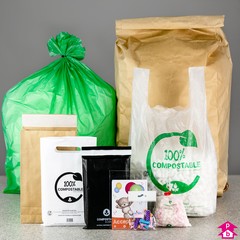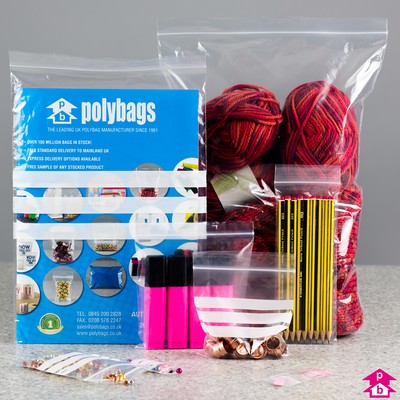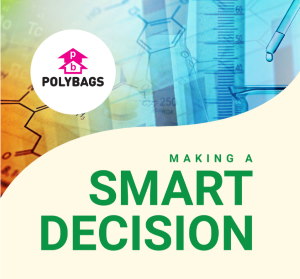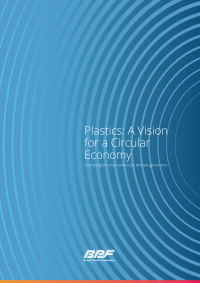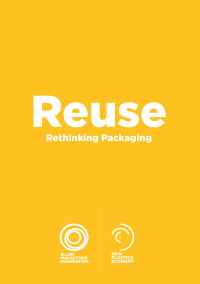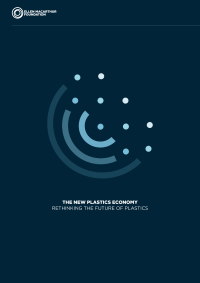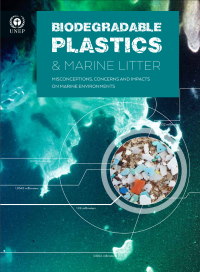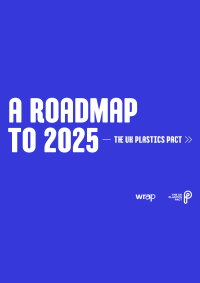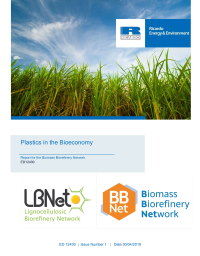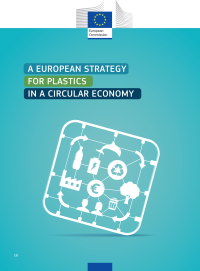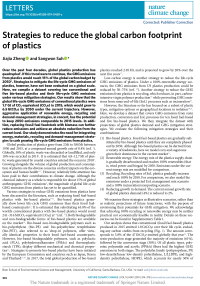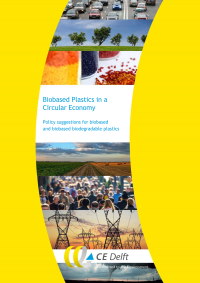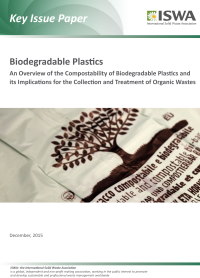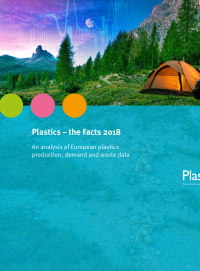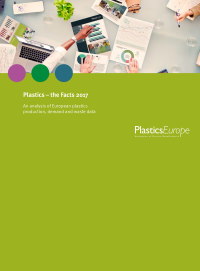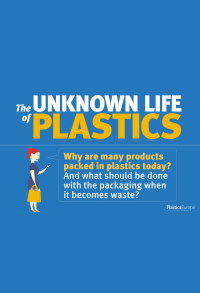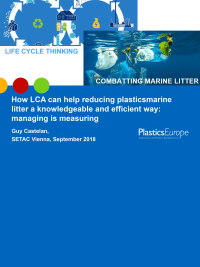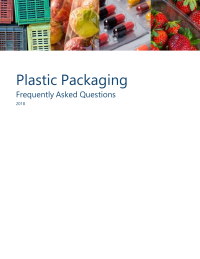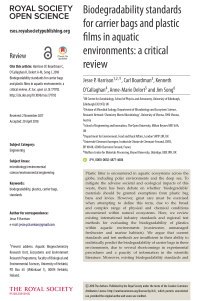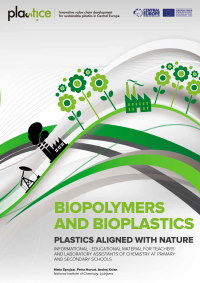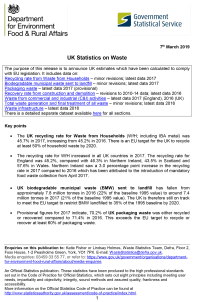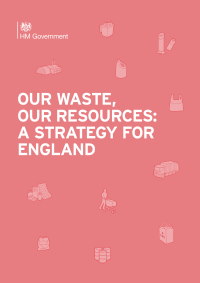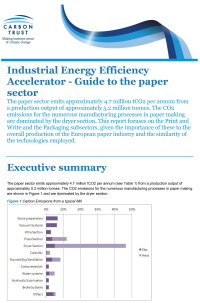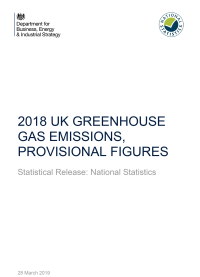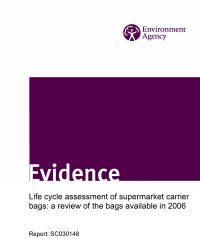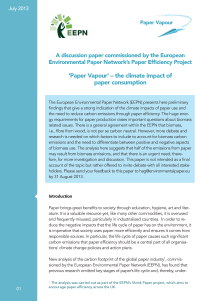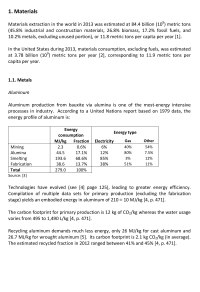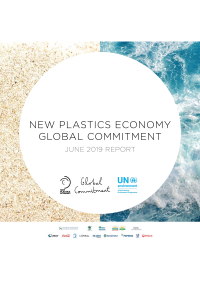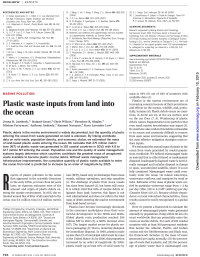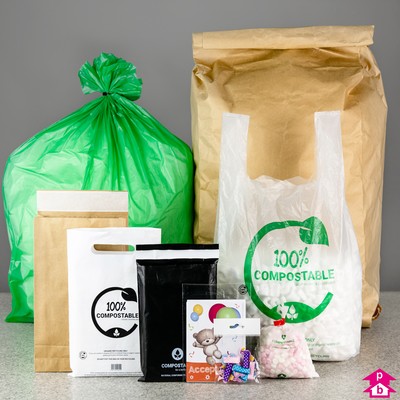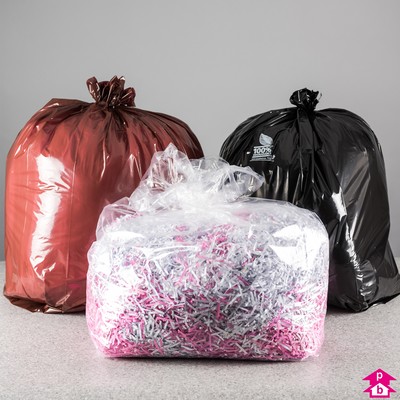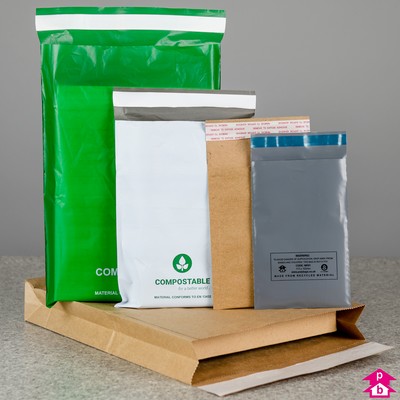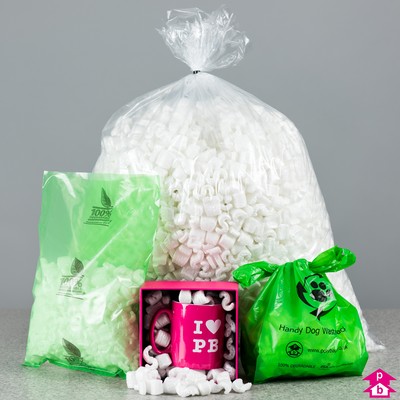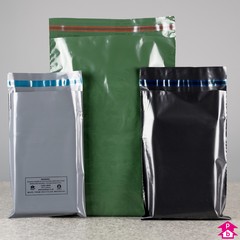
Which packaging to choose?
With so many options available we realise it's difficult to work through all the research, guidance and literature to determine the most environmentally-friendly approach when it comes to choosing which packaging solutions are best for you. And so we've tried to do it for you!
We've compiled a guide pulling together the latest scientific research and expert guidance so that you can make smart and informed decisions when choosing your packaging. The guide is free to download and please feel free to share it with your customers.
Environmental packaging guide
A guide to help you make informed purchasing decisions when choosing your packaging.
Publisher: Polybags
Eco-comparison tool - which packaging is the greenest?
Recent media
BBC Environment Reporter Laura Foster compares the environmental impact of paper, cotton and plastic bags.
Publisher: BBC
Research sources
Our guide is compiled from information provided by a variety of governmental, scientific and industrial research authorities. We have provided each of these documents below should you wish to consider the original resources yourself.
Society’s relationship with plastics is evolving. This report looks at the plastics industry, government and wider society all wanting the same thing: to reduce plastic waste so we leave the environment in a better place for generations to come.
Publisher: British Plastics Federation
The New Plastics Economy team provides a framework to understand reuse models by identifying six major benefits of reuse, and mapping 69 reuse examples. Based on an evaluation of more than 100 initiatives, and interviews with over 50 experts, it aims to inspire and help structure thinking. Reuse - Rethinking Packaging provides a basic description of how different reuse models work as well as typical implementation challenges.
Publisher: Ellen Macarthur Foundation
The plastics industry, government and wider society all want the same thing: to reduce plastic waste so we leave the environment in a better place for generations to come. The report’s objective is not to provide final answers or recommendations. Rather, it aims to bring together for the first time a comprehensive global perspective of the broader plastic packaging economy, present a vision and propose a roadmap as well as a vehicle for progressing this roadmap.
Publisher: Ellen Macarthur Foundation
Recent studies by Franklin Associates and Denkstatt, which modeled the substitution of plastic with alternative materials (such as paper, steel, aluminum and glass), suggest that a move away from plastics may come at an even higher net environmental cost. This study seeks to build upon this research using Trucost’s natural capital valuation framework to value the environmental costs of plastic and its alternatives, and consider how more sustainable practices could help reduce the environmental costs of plastic use in the consumer products sector.
Publisher: Truscost
The development and use of synthetic polymers, and plastics has conferred widespread benefits on society. One of the most notable properties of these materials is their durability which, combined with their accidental loss, deliberate release and poor waste management has resulted in the ubiquitous presence of plastic in oceans. There is limited evidence to suggest that labelling a product as ‘biodegradable’ will result in a greater inclination to litter on the part of the public (GESAMP).
Publisher: United Nations Environment Programme (UNEP)
WRAP working in partnership with the Ellen MacArthur Foundation (EMF) to create the first national implementation of the vision for a New Plastics Economy. The Roadmap to 2025 shows what The UK Plastics Pact members and supporters can do to deliver The UK Plastics Pact targets.
Publisher: WRAP
This report helps to set out the challenges of achieving a 70% recycled or composted target and explores how compostables can address the challenges that cannot be resolved through recycling.
Publisher: Ricardo Energy & Environment
This report helps to set out the challenges of achieving a 70% recycled or composted target and explores how compostables can address the challenges that cannot be resolved through recycling.
Publisher: Ricardo Energy & Environment
Here is compiled a dataset covering ten conventional and five bio-based plastics and their life-cycle GHG emissions under various mitigation strategies.
Publisher: www.nature.com
This study, requested by the Ministry of Environment and Infrastructure and the Ministry of Economic Affairs, provides the foundation for further policy development regarding biobased plastics.
Publisher: Ministry of Infrastructure and Environment
There is a confusing array of terminologies and associated polymer properties. This paper therefore aims to provide an overview of the different types of biodegradable plastics, their properties and their role in the management of organic wastes.
Publisher: The International Solid Waste Asociation
This is an analysis of the data related to the production, demand and waste management of plastic materials. It provides the latest business information on production and demand, trade, recovery as well as employment and turnover in the plastics industry.
Publisher: Plastics Europe
This report gives an insight into the industry’s contribution to European economic growth and prosperity throughout the life cycle of the material.
Publisher: Plastics Europe
The report’s objective is to bring together for the first time a comprehensive global perspective of the broader plastic packaging economy, present a vision and propose a roadmap as well as a vehicle for progressing this roadmap, and providing a much-needed global focal point to carry this agenda forward.
Publisher: World Economic Forum
Plastics in numbers, an overview for fascinating facts & statistics.
Publisher: Plastics Europe
Presentation by Guy Castelan, SETAC Vienna, on Life cycle and Impact analysis of marine litter.
Publisher: Plastics Europe
The purpose of plastic packaging through questions and answers based on research. Why are things packaged? What happens without packaging? Why use plastic packaging? Is plastic packaging bad for the environment? What can I recycle? What is plastic recycled into?
Publisher: British Plastics Federation
We review existing international industry standards and regional test methods for evaluating the biodegradability of plastics within aquatic environments. We argue that current standards and test methods are insufficient in their ability to realistically predict the biodegradability due to several shortcomings in experimental procedures and a paucity of information in the scientific literature.
Publisher: Royal Society Open Science
The content of the report is divided into chapters. The chapters explains how polymers and plastics are derived from monomers. It clarifies the difference between the so called conventional plastics made on the basis of fossil fuels, bioplastics and how biodegradation occurs. It also describes why bioplastics represent an important alternative to conventional plastics.
Publisher: National Institute of Chemistry, Ljubljana
This release contains statistics on waste produced at a UK level. The topics covered in this publication include, Waste from Households. BMW (Biodegradable Municipal Waste) to landfill, C&I (Commercial and Industrial) waste generation, C&D (Construction and Demolition) recovery. UK figures are compiled to comply with reporting requirements against the EC Waste Framework Directive.
Publisher: DEFRA
The UK Government Strategy sets out how we will preserve our stock of material resources by minimising waste, promoting resource efficiency and moving towards a circular economy. At the same time we will minimise the damage caused to our natural environment by reducing and managing waste safely and carefully, and by tackling waste crime.
Publisher: UK Government
This report focuses on the Print and Write and the Packaging subsectors, given the importance of these to the overall production of the European paper industry and the similarity of the technologies employed.
Publisher: The Carbon Trust
This publication provides the latest estimates of 1990-2018 UK greenhouse gas emissions which are presented in carbon dioxide equivalent units throughout this statistical release.
Publisher: Department of Energy
This study assesses the life cycle environmental impacts of the production, use and disposal of different carrier bags for the UK in 2006. Questions still remain about the environmental significance of lightweight carrier bags, especially with regard to the wider debate on global warming.
Publisher: The Environment Agency
This research, commissioned by the EEPN, has attempted to calculate the climate impacts of paper more comprehensively than ever before. A number of questions have yet to be answered, such as carbon calculations related to land-use change, types of biomass used, types of forest management, timelines, regional factors etc.
Publisher: European Environmental Paper Network
All it takes are a few numbers that permit to translate paper usage into trees cut, electrical consumption into homes and recycling into energy. But where are those numbers? Many of these numbers exist but are scattered across scientific publications and internet postings, some more reliable than others. At Dartmouth University, the author, to save time to his students, began to compile a list of numbers, which he plainly titled 'Useful Numbers' and posted on one of his course web sites.
Publisher: Dartmouth University
A common vision for a circular economy for plastics. Over 400 organisations have endorsed one common vision of a circular economy for plastics, where plastics never become waste.
Publisher: Ellen Macarthur Foundation
In the aquatic environment, microplastic (MP; less than 5 mm) is a cause of concern because of its persistence and potential adverse effects on biota. We review the physical interactions of early microbial colonisation on plastic surfaces and their reciprocal influence on the weathering processes and vertical transport as well as sorption and release of contaminants by MP.
Publisher: Environmental Science & Technology Letters
Plastic debris in the marine environment is widely documented, but the quantity of plastic entering the ocean from waste generated on land is unknown. By linking worldwide data on solid waste, population density, and economic status, we estimated the mass of land-based plastic waste entering the ocean.
Publisher: Jambeck, ScienceMag.org







